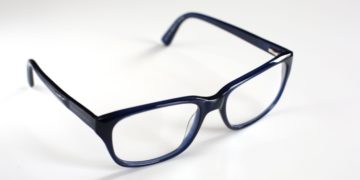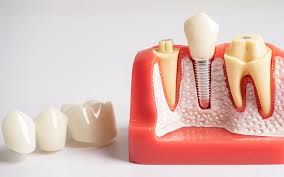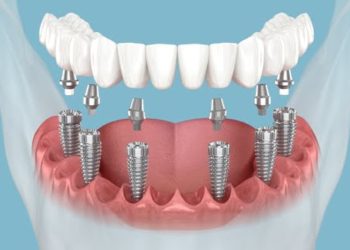If you’re spending hours every day sitting in the same position, staring at a screen, then you’re exposing yourself to health risks that, in the long run, will catch up with you.
For millions of office workers, time invested in preventing desk-related injuries can pay off over time. They’ll make life at work more pleasant, more comfortable, and, ultimately, more productive.
But exactly what are the common desk injuries, and what can be done to prevent them? Let’s run through a few of the more common ones.
Repetitive Strain Injury
Repetitive Strain Injury, or RSI, is something that can be caused by any repeated action. Sports like tennis and golf might cause it, since these involve drilling the same motion over and over again.
But office workers are at significant risk, thanks to things like typing and clicking on mouse buttons.
You can limit the damage caused by these actions by setting up your desk appropriately. Make sure that you’re not overextending your shoulders to reach the keys. Take frequent breaks, and perform stretches as a matter of habit.
Employers have a legal duty in the UK to provide a safe working environment. As such, you might raise any issues you have with them – in many cases, they might be willing to make changes to your desk in order to lower the risk. After all, it’s in their interest to help you deal with the RSI. If they aren’t responsive to your requests, and you suffer an injury as a result, then you might consult a legal professional specialising in workplace accidents and injuries.
Lower Back Pain & Postural Issues
Sitting in a chair can cause problems for your spine and hips. This is especially true if the chair in question is set at the wrong height. Adjusting the height of the monitor you’re looking at can also be useful. The top should ideally be parallel with your eyeline.
Keeping your feet flat on the floor and your knees at a 90-degree angle can also be helpful. For home workers, investing in a quality chair might be essential. If you have an employer, then you might request a change – especially if you’re already experiencing physical pain.
Eye Strain & Headaches
Eye strain is a common problem among office workers. The same goes for headaches and blurred vision. But often, the solution involves simply tweaking a few key settings on your monitor. Turn down the brightness, and filter out blue frequencies where possible. You can also find special glasses that will filter out the harmful wavelengths. Avoid staring at a bright screen in a dark room – you can install lights around your desk to help you avoid the strain. Finally, it’s a good idea to occasionally give your eyes a break. Every twenty minutes or so, look at a point twenty metres away for twenty seconds. Set an alarm so that you do this consistently!
David Prior
David Prior is the editor of Today News, responsible for the overall editorial strategy. He is an NCTJ-qualified journalist with over 20 years’ experience, and is also editor of the award-winning hyperlocal news title Altrincham Today. His LinkedIn profile is here.













































































